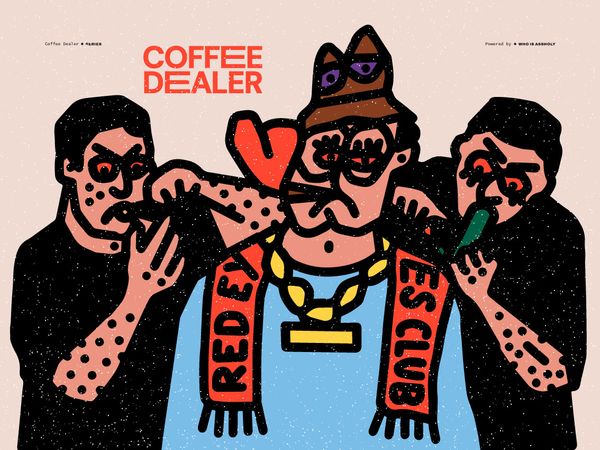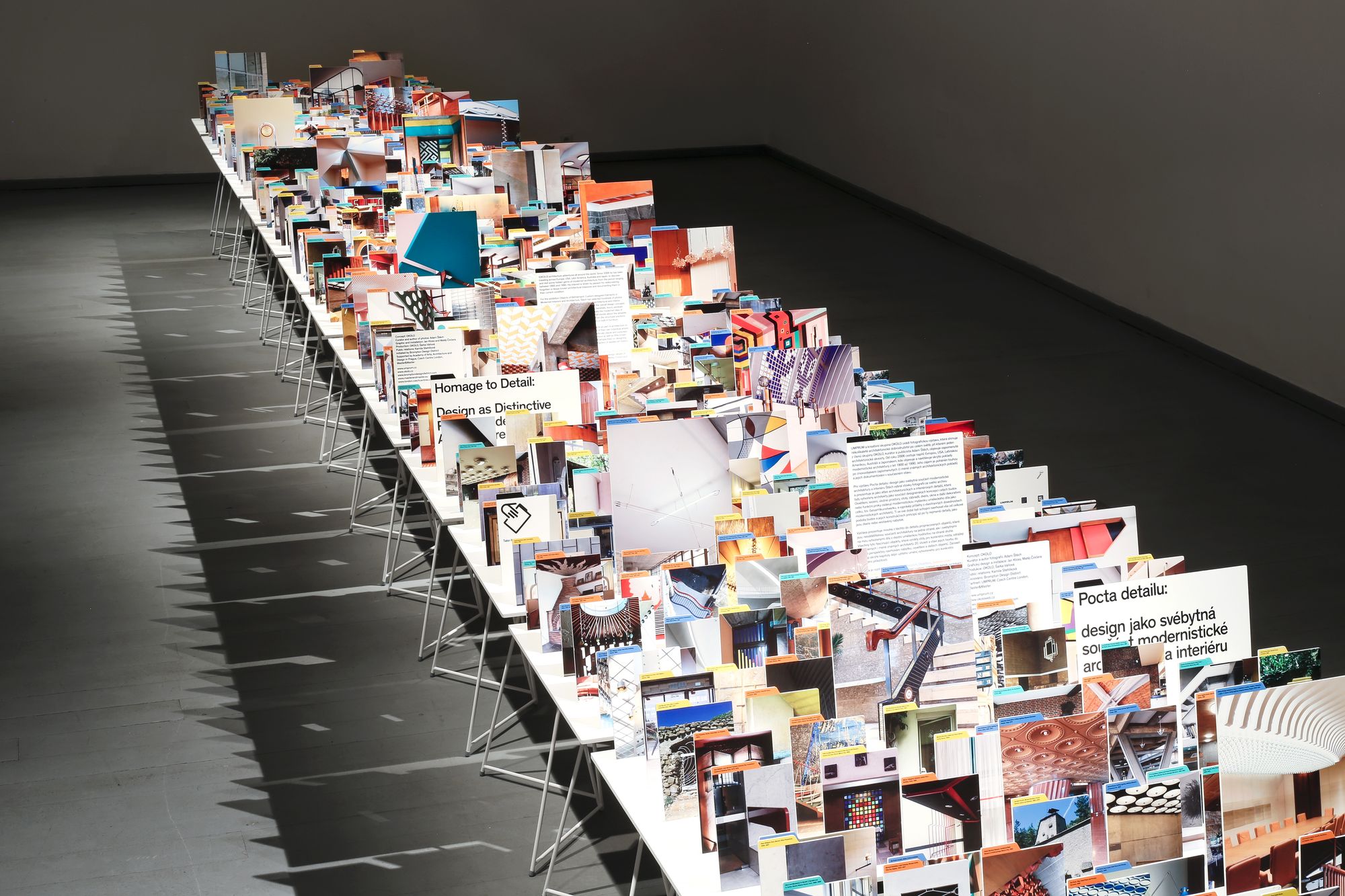When two designers and an exceptional theoretician with a deep love for design, architecture and art history join forces, exciting things are bound to happen. OKOLO, a creative collective based in Prague, is run by graphic designers Matěj Činčera and Jan Kloss and curator Adam Štěch. Their story is an inspiration for all in Eastern Europe, being a great example of how creativity and enthusiasm can overcome a limited budget.
This article originally appeared in issue no. 3 of the Hype&Hyper print magazine.
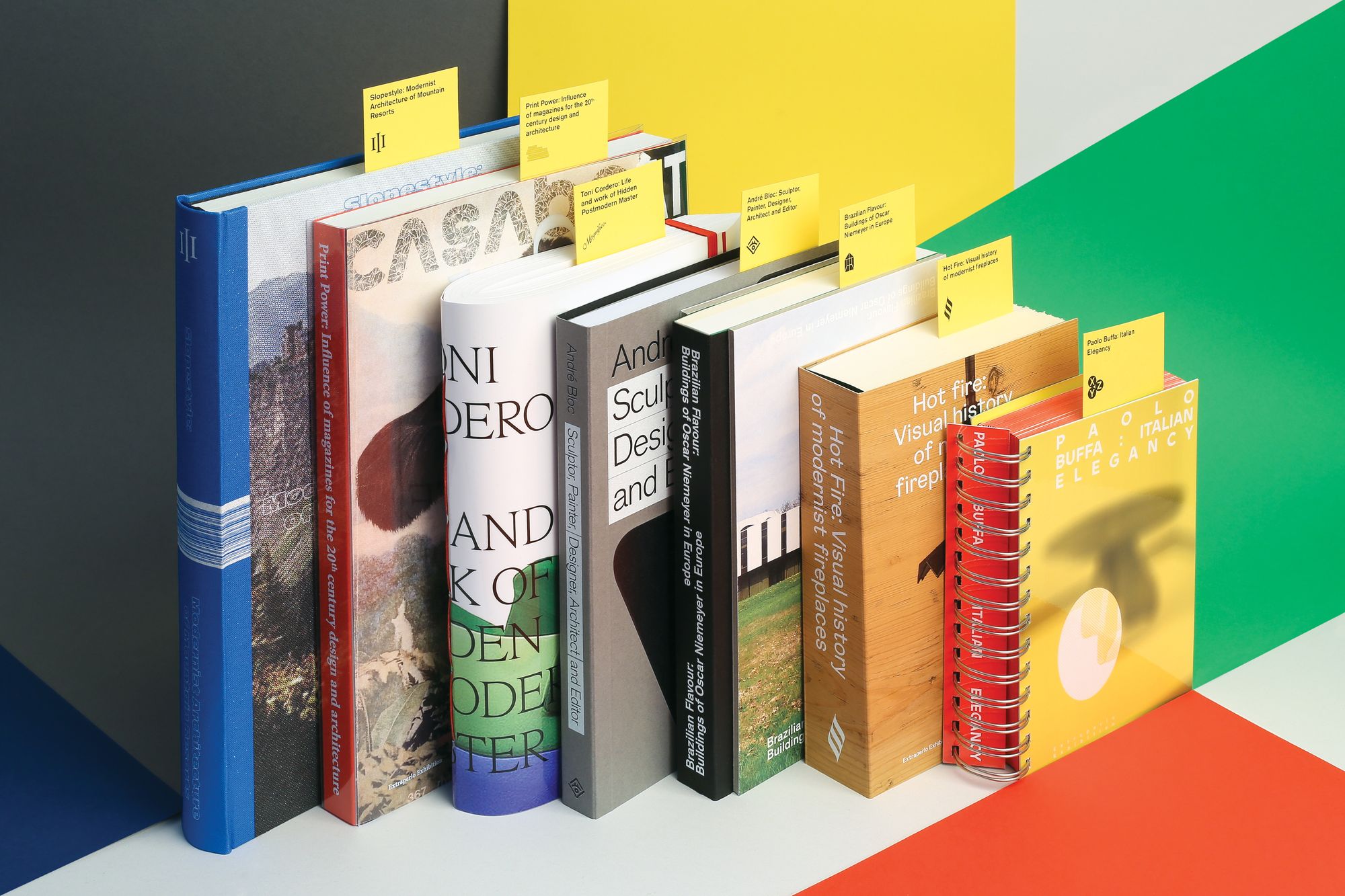

Your creative collective consists of two graphic designers and a curator, yet your work spans across many different areas of design and art. When and why did you bring OKOLO to life?
Adam: I met Matěj in 2008 and we decided to establish OKOLO in 2009, then Jan joined us a year later. From the very beginning, we wanted to do projects with educational purposes that uncover different chapters in art-, architecture-, and design history. Our very first project was publishing the first issue of OKOLO magazine, a collection of ideas about design history and its context. From day one, both curatorial and graphic design skills were essential and the basis of our cooperation.
What are some of the most noteworthy projects in the life of the collective that would best illustrate the essence of the way you work?
A: I think all of them are great examples of how we think about design, but one of the first and still the best projects for me is the OKOLO Mollino book. It’s about an Italian mid-century designer, Carlo Mollino who impressed us with his wide range of activities and interests and whose story we wanted to tell in a contemporary way. The book is special because there are not only texts about his work, but laser-cut illustrations that can be assembled into 3D paper models. This captures our essence perfectly—sharing historical facts and stories in a modern and enjoyable way.
Jan: For us, not only the result—a book, an exhibition, a movie or something completely different—but the process matters as well. OKOLO is all about meeting interesting people, enjoying the time spent in their company, and having the chance to go to incredible places. The fundamental idea is that first, we need to experience what we want to share with other people. Let’s say we want to design a publication about Liguria in Italy, that means we have to go there, experience the region and meet the right people living there. However, if I had to highlight one specific project it would be the OKOLO Gallery, a space where we can make our ideas come to reality and cooperate with the people we admire. Another important example would be the 28th International Biennial of Graphic Design in Brno—one of the biggest and most complex projects we’d ever done. Besides curating the event, we also came up with the whole concept, invited the guests, and designed the catalogue, as well as most of the installations and promotional materials. This event is an excellent example of the complexity of the work we usually do—we cover almost everything from visual design to the actual content and its implementation.
A: I’d also like to mention my research on modernist architecture. One of our exhibitions was Objects of Refinement, where the architectural details captured during my travels were presented. Hundreds of photos printed on cards were laid out on a long table for the visitors to look at closely. In 2020, my research findings were published by Prestel in a book—Modern Architecture and Interiors—containing 900 buildings from the 20th century which I photographed, and Matěj and Jan were the ones to create the graphics for the publication. We created the book together, but it was published by a prestigious German publishing house, so this project was a huge milestone for us.
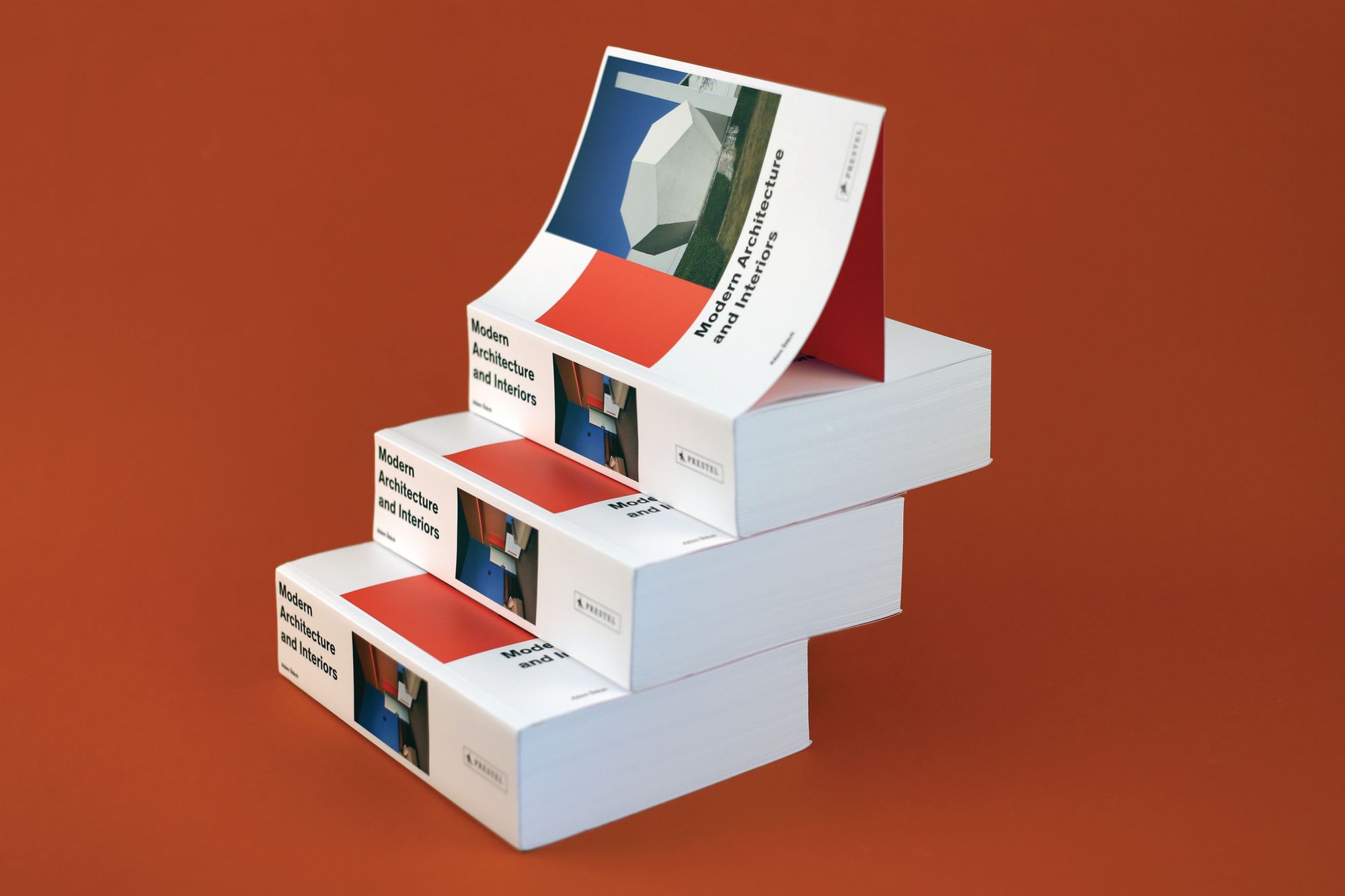
Even though your work not only involves graphic design, I assume your strong background in the field influences your visual approach. How would you describe the aesthetics of OKOLO?
J: Matěj and I both studied graphic design so we have a strong background in visuality. Besides OKOLO, we also work on various other projects for different clients. All of our works are connected in a way and it comes organically for us to use strong graphic language in everything we do. Sometimes, OKOLO serves as a testing ground for us to try out certain possibilities so that we can transform the results into some other projects for our clients. However, it works the other way as well. Another important aspect of our visual approach is that since day one, OKOLO had a very limited budget. During the first few years, we were mainly self-reliant, so we had to think long and hard about how we could stay within our budget without compromising on quality. Our installations are a perfect example of this—even though we’ve never studied architecture, there came a time when we had to present something in 3D, so we started brainstorming solutions on making something by ourselves that is both eye-catching and aligns with our visual style.
One of your exciting, self-initiated projects was called Books with(out) Content, highlighting important, yet missing topics from the modern history of design. Focusing on Czechia and the Central- and Eastern European region, what do you think are the most relevant issues that haven’t been in the spotlight, but should be researched and talked about?
A: This is a very difficult question. There are so many stories and areas of design history that should be told. For example, the organic tendencies in the ‘40s as opposed to the radical functionalism and Central European postmodernism is definitely one of those. There is still a lot to discover from the ‘70s-’90s design history of the Czechia and the CEE region.
Can you tell us what you’re working on right now?
A: We are working on a presentation about fictional digital interiors for an important show for the Czech Pavilion in Triennale di Milano while also designing a creative concept and installation for the TON Furniture Museum. Other than that, a book about modernist fireplaces and one on my father’s wildlife photography are also in the pipeline.

In 2020, OKOLO’s 10th birthday was celebrated with a retrospective publication titled 10 YEARS OF WORK 10 YEARS OF FUN. After all these years, how do you keep it fun? What is your recipe for a long term positive team spirit?
J: We are each other’s professional support, there was never any competition between us. However, what’s even more important is our friendship, and having a great time together. When we go out for a beer, we can’t stop brainstorming on even more projects. The separation of work and fun is impossible at OKOLO as we are on the same wavelength and our workflow is very natural.
A: Another part of the recipe is all of us having our own, separate projects as well. I write articles and do independent curatorial work, while Jan has a sneaker company called PÁR and works on LP covers for the music industry, and Matěj teaches and works in his father’s studio, who’s a well-known Czech package designer. We only collaborate on projects that are a perfect fit for all of our skills and knowledge, and this balance keeps us fresh and enthusiastic at all times.
Copyright: OKOLO STUDIO
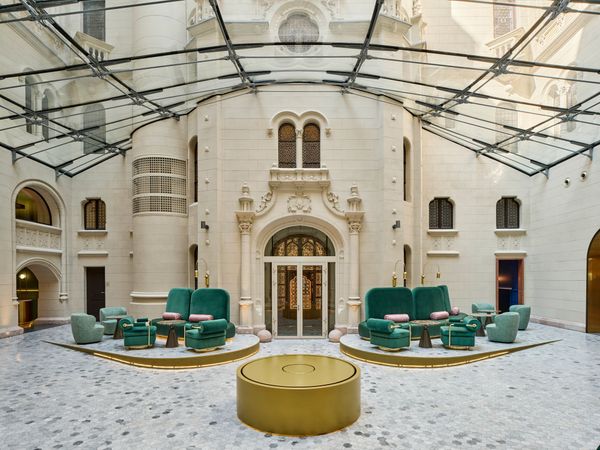
W Budapest hotel opens

Legendary Fiat 500 Spiaggina returns
